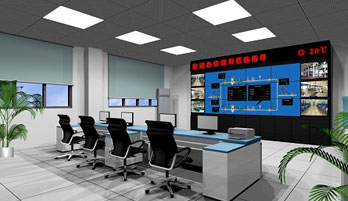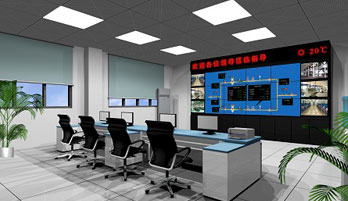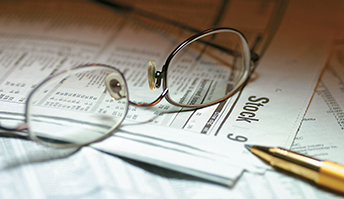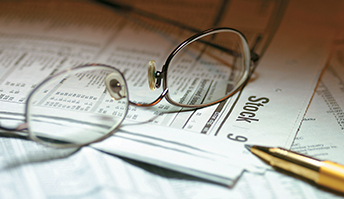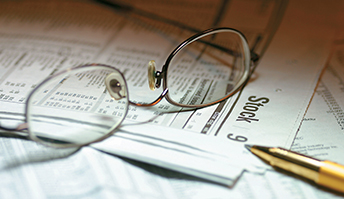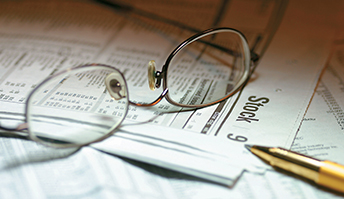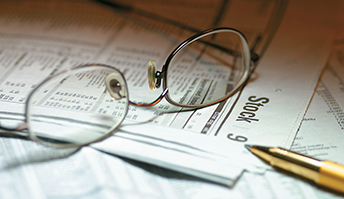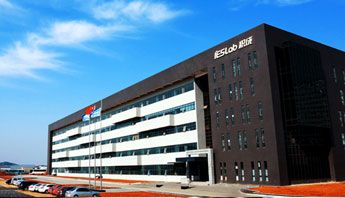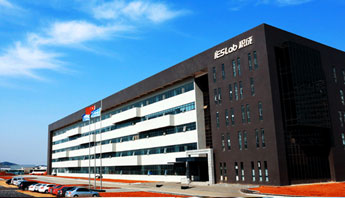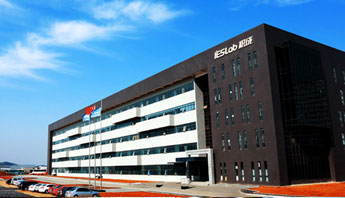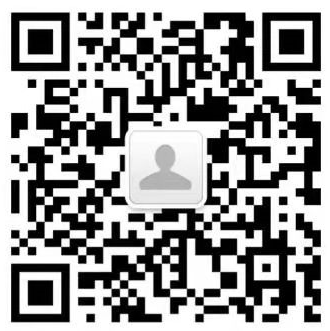First, the project background
According to the Ministry of Housing and Urban-Rural Development and other four ministries and commissions in February 2015, the “Notice on Strengthening and Improving the Construction and Management of Secondary Water Supply Facilities for Urban Residents to Ensure Water Quality Safety” (Jiancheng [2015] No. 31) and the Construction Department of Shandong Province in June 2015 The Regulations on the Administration of Secondary Water Supply for Urban Residents in Shandong Province (Lu Jiancheng [2015] No. 19) requires that the operation and maintenance management of the secondary water supply pumping station of residents will become another focus of service management in the next few years.
Since the secondary water supply requires equipment support, maintenance and power consumption and management require a fee. At present, the secondary pressurized pumping station in the residential area is managed by the residential property or the local water supply company, resulting in chaotic layout and poor management of the secondary water supply. At present, there are mainly the following problems:
The water supply facilities have no funds for maintenance and management for a long time, so that the secondary water supply facilities often overflow and the pipeline network is lost, and the water pollution is also very serious.
The water supply tank (pool) has no cover, no lock and no one to manage. It has not been cleaned and disinfected for a long time. The connection between the water tank pipe and the valve is unreasonable, causing non-potable water to enter the drinking water pipeline and cause water pollution.
The blind construction of the secondary water supply facilities lacks unified planning. The distribution of pumping stations is too scattered, and the water supply load is uneven, resulting in a large cost and unfavorable management situation.
The secondary water supply facilities are poorly managed, and the phenomenon of running, taking off, dripping and leaking is serious.
In addition, because there is no precise calculation, blindly increase the capacity of the reservoir, causing the running water to stagnate in the reservoir for too long, resulting in secondary water pollution.
Water cuts have a great impact on life, but there are many reasons for water cuts, some because of equipment overhaul, pipeline failures, etc., and because of the need for retrofitting pipelines.
In the event of a breakdown, the owner reported that the manager knew that there were many complaints and the responsibility was divided.
The inspection cycle is long and the manager cannot know the status of the pump station in time.
The operator's professional level is not high, and equipment hidden dangers cannot be discovered in time.
To solve these problems, it is necessary to build a standard secondary water supply pumping station management information system, which not only requires capital investment for the improvement of hardware facilities, but more importantly, an effective management information system is needed to support the dispatch center for the entire city. The water supply network system performs unified monitoring and dispatching, providing a solid platform for the ever-increasing total dispatching system of the water supply network.
In view of the fact that the pressure pump station under the jurisdiction of the water company has a wide range of actual conditions, it is urgent to rely on scientific and technological means to establish an automatic remote monitoring and control management system for the secondary water supply pumping station of the resident. The main pumping station is relatively closed to some water supply areas. The patrol management was implemented with the secondary water supply pumping station of all residents, and a management mode combining remote monitoring and on-site inspection was established.
The technical solution mainly realizes the construction of the secondary water supply comprehensive information management platform of Zoucheng Water Supply Company, and carries out video monitoring and scheduling through data collection and monitoring, remote control, automatic recording, automatic alarm and facility management for the secondary water supply pump room of residents. Communication, improve equipment operation and maintenance and fault handling timely rate to ensure safe operation of pressurized water supply. Further improve the management level and service level of enterprises, and improve the economic and social benefits of enterprises by means of information technology.
Second, the project construction content
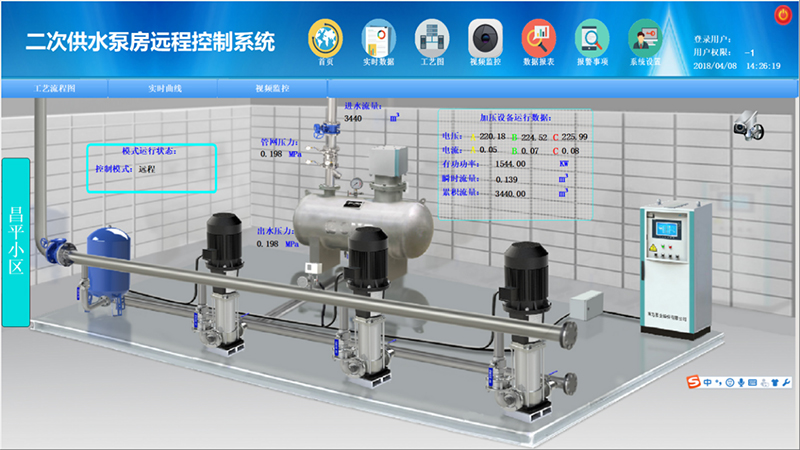
The secondary water supply monitoring system intends to use advanced network technology, automatic control technology, communication technology, computer technology, video technology, combined with cutting-edge technology such as big data analysis and cloud computing to combine the automatic process control in the water supply process with the enterprise management information system. Get up and form a comprehensive control and information management system. It establishes two-way information interaction between the company's management and process control layers, and directly monitors the production process.
The secondary water supply monitoring system is divided into two levels in the structure: water supply online monitoring system and secondary water supply information management system. The construction content of the system mainly includes functions such as graphic monitoring, data monitoring, video monitoring, video mobile terminal, and management analysis. According to the functional modules, it mainly includes online monitoring of water supply, security monitoring, authority management, equipment management, safety management, system management, intelligent alarm, etc., and the construction of a relatively complete secondary water production operation mechanism, service mechanism, information management mechanism, Share the functions of the exchange operation mechanism.
Third, the system features
(1) Reduce the cost of water supply production;
(2) Increase the regulation capacity of the water supply system
(3) Improve the emergency response capacity of urban water resources and water supply systems
(4) Optimal operation of urban safe water supply
Fourth, the system function description
(1) Monitor the working current, working voltage, working frequency, maintenance status, start-stop status, and protection status of each pump.
(2) Monitor import pressure and export pressure.
(3) Remote control of the pressurized pump station for power supply and power failure.
(4) Remotely start and stop the pump unit.
(5) Remote control valve opening and closing.
(6) The personnel enters the pump room, automatically alarms, automatically takes photos to upload photos, and can also remotely control the photos.
(7) Alarm when current, voltage, pressure, etc. exceed the set value.
(8) The measurement and control terminal and the monitoring center server can store historical data.
(9) Automatically generate production reports and curves.
(10) Support multiple communication modes, photos can be transmitted during GPRS communication, and video surveillance is supported when using broadband or ADSL communication.
(11) The monitoring center can remotely monitor the motor opening and closing;
(12) The monitoring center can modify the upper and lower limits of the safety monitoring by remote means.



